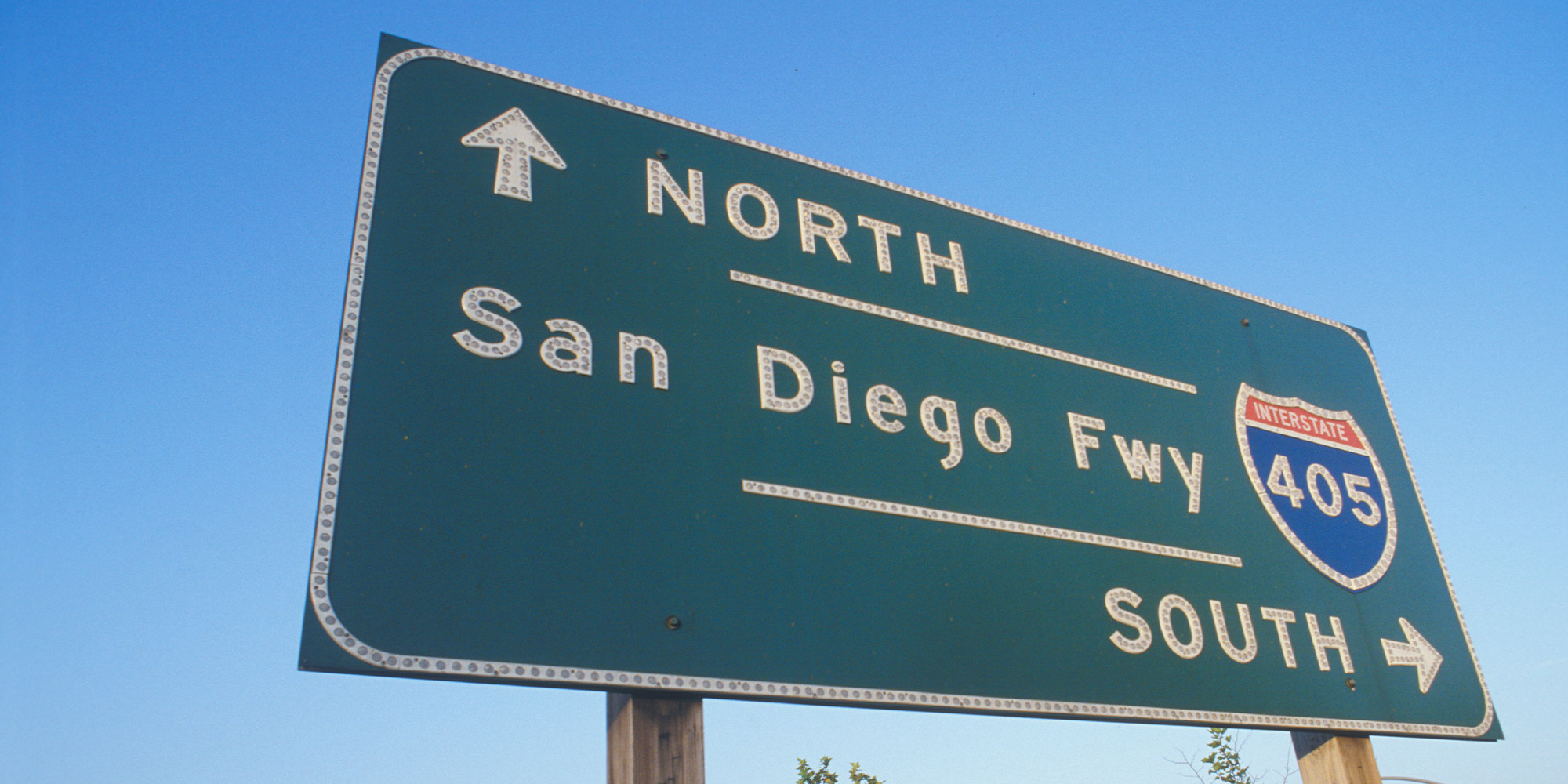Shares of Common Stock Outstanding, Market Cap, Earnings Per Share, and Price-to-Earnings Ratio

Shares of common stock outstanding, by itself, is an arbitrary balance sheet statistic. A business may list out and be approved for any number of authorized shares on its articles of incorporation. Shares of common stock outstanding must be taken in context with both market price and net income, for meaningful measures of value.
Yes, buying stocks is similar to clipping coupons and buying groceries. Here, at Onyx Investments, we are bargain hunters and will happily fill our cart to stock up on any discount specials in aisle ten. We find stocks flashing price-earnings-to-growth ratios of less than one to be especially ideal buy-in opportunities.
Corporate Finance and Equity Ownership
Again, corporations themselves specify a number of authorized shares when filing articles of incorporation with the state. Upon approval, corporations will sell shares of stock to investors to raise cash for operations. In exchange, common shareholders are granted ownership rights and privileges above the business.
Shares of common stock outstanding tally up the total number of shares that have been sold to outside investors. The balance sheet equation shows that corporate assets are equal to liabilities, plus shareholder equity. Shares of authorized and outstanding common stock will both be listed out within the equity section of the balance sheet. Contact investor relations departments for financial reports.
Voting Rights, Mergers, and Acquisitions (M&A)
One share of common stock typically equals to one vote. Larger, institutional investors will closely monitor corporate shares of common stock outstanding and insider holdings, for the sake of control.
In effect, one investor who buys up more than 50% of all outstanding shares may control the business by electing his own board and hiring new management. From here, a complete takeover is more than likely, when the large investor offers to buy out all remaining outstanding stock and take the business back private.
Corporations may write poison pills into their by-laws and issue multiple classes of stock to thwart hostile takeovers. Nike, Facebook, and Google have all issued special classes of stock that carry super-voting rights – only available to insiders.
Market Capitalization
Market capitalization, in effect, is the price tag that investors apply to the entire business. We multiply current share price by the number of shares outstanding to calculate market capitalization.
Market capitalization is the starting reference point for any M&A activity. Expect existing shareholders to demand 10-15% premiums and opening bids above market cap – to even consider selling out to any well-heeled outsider.
For several years, it was Exxon Mobil that owned the crown for the world’s largest publicly traded corporation. Exxon peaked at $505 billion in market cap in Fall 2007. Shortly thereafter, Steven Coll and his Private Empire book likened Exxon power to that of a sovereign Nation unto itself.
At that very same time, Apple was rapidly emerging as the torch bearer for consumer electronics. Now, Apple boasts of an unfathomable $3 trillion market cap, more than seven times larger than that of $400 billion Exxon.
As a standalone entity, Apple’s market cap is only smaller than the GDP of six countries, in the United States, China, Japan, Germany, India, and the United Kingdom. In recent years, Apple borrowed cash at lower interest rates than the United States Government, due to its higher AAA credit rating.
Over the long term, we do expect for corporate share prices and market capitalizations to closely mirror corporate profits and the aggregate economy. Now, it is the likes of Apple, Microsoft, Google, Amazon, and Facebook that all flex as the largest businesses in the world, through the ongoing Web 2.0 Revolution.
Interestingly, we witnessed this very same concentrated pattern in Big Oil, technology, and banking, right before catastrophic crashes that decimated each of these industries in 1999, 2000, and 2008.
Earnings Per Share and Price-to-Earnings
We divide net income by shares of common stock outstanding to calculate earnings per share (EPS). For its latest Q4 2023, Apple generated $23 billion in net income above 15.6 billion shares of common stock outstanding. This performance calculated out to $1.47 in earnings per share ($23 / 15.6 = $1.47), which was a steady improvement above the $1.29 quarterly EPS for the prior year.
For added context, we will divide current share price by earnings per share to calculate price-to-earnings (P/E) ratio. P/E ratios do allow for rather crude comparisons between individual stocks. Low P/E stocks are assumed to be cheap.
Last year, for its fiscal 2023, Apple tallied up $6.16 EPS. The stock now trades for $185 per share, which results in a 12-month trailing P/E ratio of 30 ($185 stock price / $6.16 EPS = 30 P/E). Be further advised that stated P/E ratios may either account for past performance or project out future earnings power.
Apple stock again, now trades for $185 per share and $3T in market capitalization. Still, individual Apple shares appear significantly cheaper than Walt Disney Company, which trades for $90 per share and $165 billion in market capitalization.
Disney stock is valued at a staggering 70X earnings. Disney earnings have collapsed spectacularly amid an ongoing series of motion picture flops. At these levels, Disney shares have not yet reflected its grim Hollywood Truths, while Wall Street traders might also be banking upon an immediate turnaround.
Warren Buffett, Oracle of Omaha, would wax poetic:
Price is what you pay. Value is what you get.
We expect for a rapidly emerging business to price out higher than a stodgy, zero-growth utility. At the car dealership, it would be obvious for a new BMW 5-series to cost more than any old beater out back. For stocks, we compare price to earnings to projected growth rate as the final arbiter of value. A corporation growing annual profits by 15% should price out for 15X earnings.
Onyx Investments found Apple and Microsoft to remain laughably undervalued in wake of the dot-com bust. For more than one decade, Apple traded at lesser P/E valuations than consumer staples, like Coca-Cola, McDonald’s, and Hershey.
According to Wall Street suits, your fast-food dollar menu business model was worth far more than the Steve Jobs reality distortion field, which had lines wrapped around the block, with each passing blockbuster iPod, iPhone, and iPad release.
Onyx backed up the truck for Apple and the rest is History.

